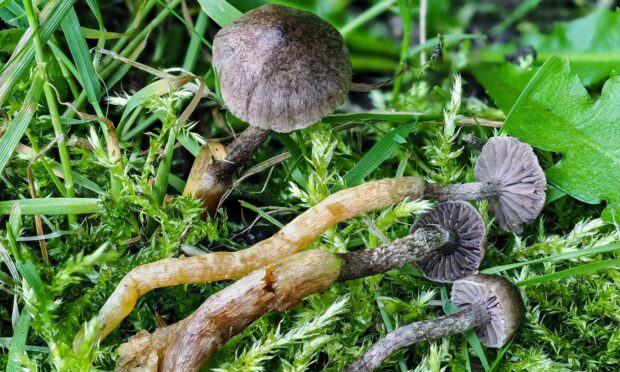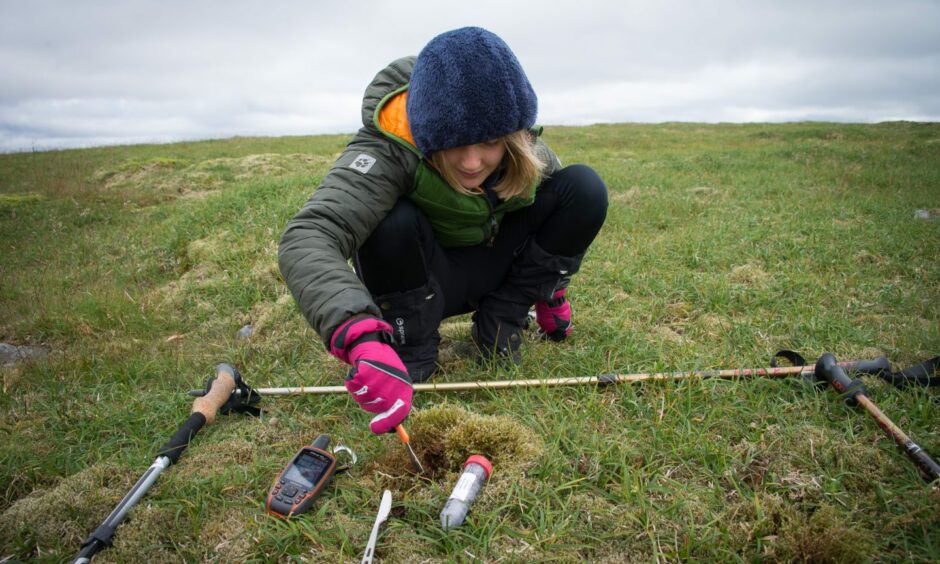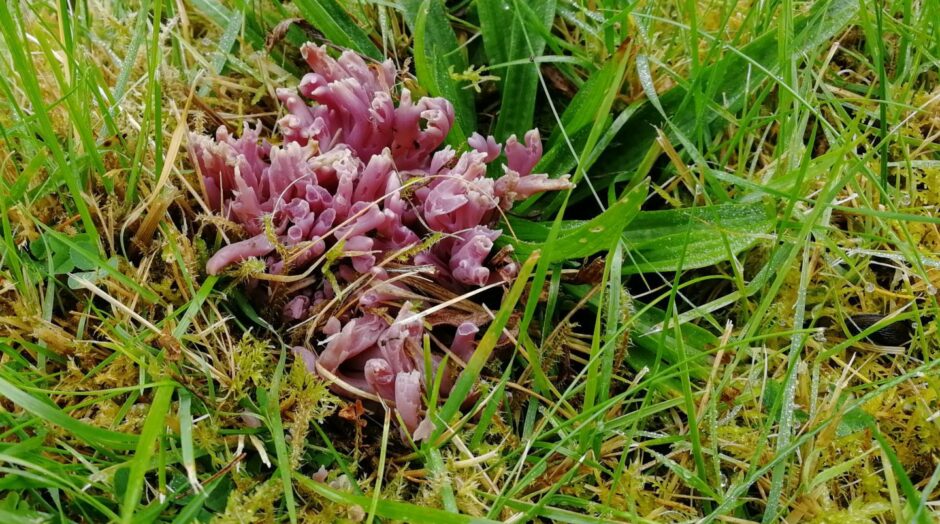A never before discovered type of fungus is amongst the “wild and wonderful species” that have been found in the Cairngorms.
A species of the Squamanita genus that was previously unknown to science was uncovered as part of the project, which saw hillwalkers collect soil samples from some of Scotland’s highest peaks.
The research was conducted by scientists at the James Hutton Institute in Aberdeen, alongside volunteers working with Plantlife, the international wild plant conservation charity.
Volunteers collected 219 soil samples at different altitudes from 55 of the 58 Munros – mountains over 3,000ft– in the Cairngorms National Park during 2021.
Thanks to the hard work of volunteers and scientists coming together, the data from this survey will add significantly to our knowledge.”
Andrea Britton, James Hutton Institute
DNA was extracted from the soil and sequenced by researchers at the James Hutton Institute, with some 2,748 fungal species uncovered in them.
These included the fungus amanita groenlandica, an arctic species originally from Greenland, which had previously not been found further south than Scandinavia.
Antarctica fungus detected in Cairngorms
Another fungus that had never before been recorded in the UK, acrodontium antarcticum, which originates from Antarctica, was also uncovered.
Both these rare species, which have not previously been found together, are said to favour the cold habitat and climate of the Cairngorms.
The soil samples yielded other unusual finds, including a “Strangler” fungus (Squamanita contortipes), which takes its name from its ability to take over other fungi.
And the vibrant and colourful Violet Coral fungus, one of the UK’s rarest grassland fungi, was also found in grasslands on two Munros.
Project manager Keilidh Ewan of Plantlife said: “There are more living organisms in just one teaspoon of soil than there are people on the planet, and soil biodiversity has a hugely important role to play in the functioning of ecosystems.
“The coming together of researchers, conservationists and the local community has uncovered some wild and wonderful species and has created evidence-based foundations against which the effects of climate and environmental change can be monitored going forward.”
She said the research was “helping us to understand the threats that this fragile habitat is facing”.
She added: “Ultimately, the more we understand, the better we can protect these much-loved places for the future.”
Meanwhile, Andrea Britton, an ecologist at the James Hutton Institute, said “Fungi are crucially important to the functioning of our alpine ecosystems, but because they are mostly hidden below ground, and because alpine ecosystems are remote and difficult to access, we know very little about the distribution and diversity of fungi in this iconic habitat.
“Thanks to the hard work of volunteers and scientists coming together, the data from this survey will add significantly to our knowledge of this vital group and can be used to start identifying which habitats and locations are particularly important for conservation of fungal diversity.”



Conversation